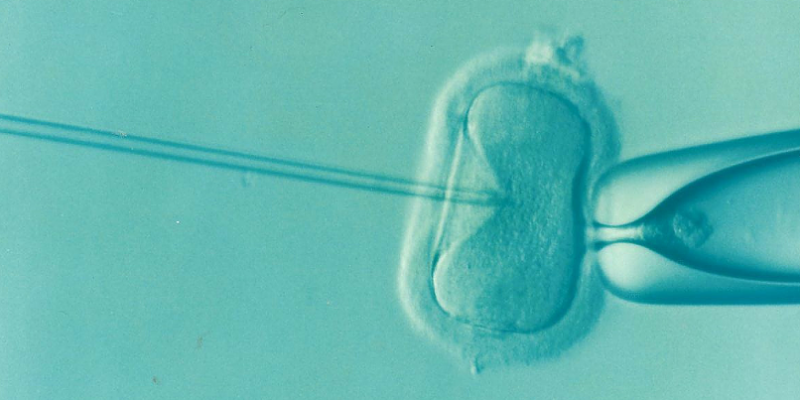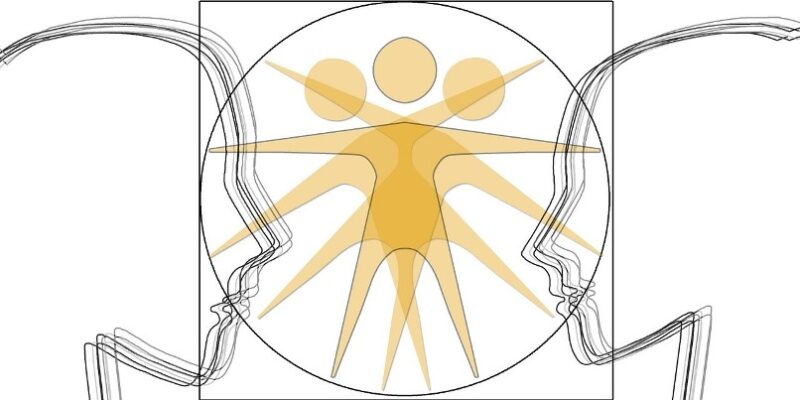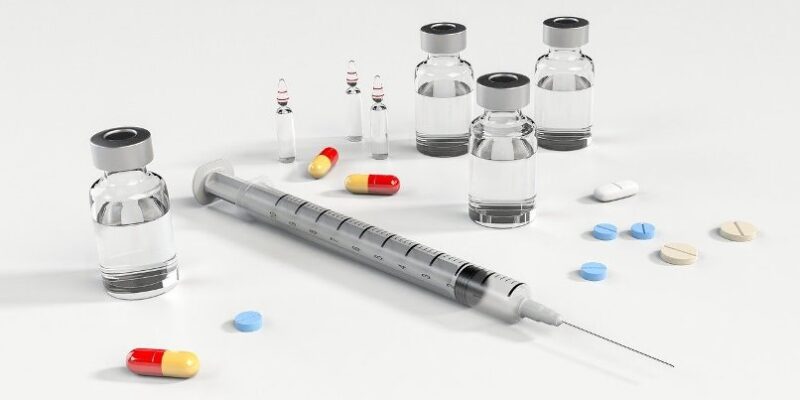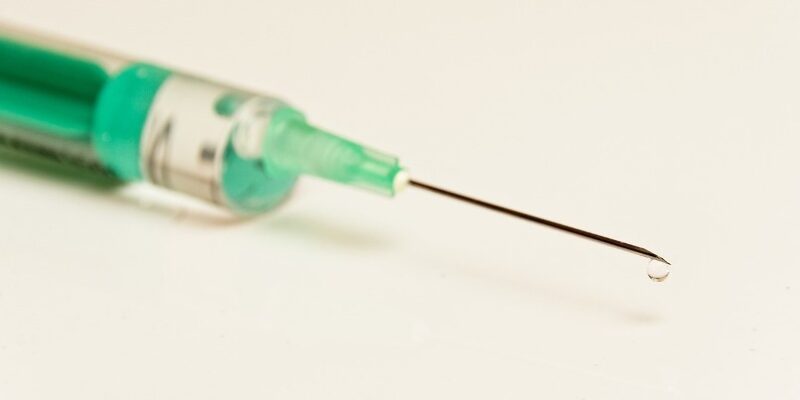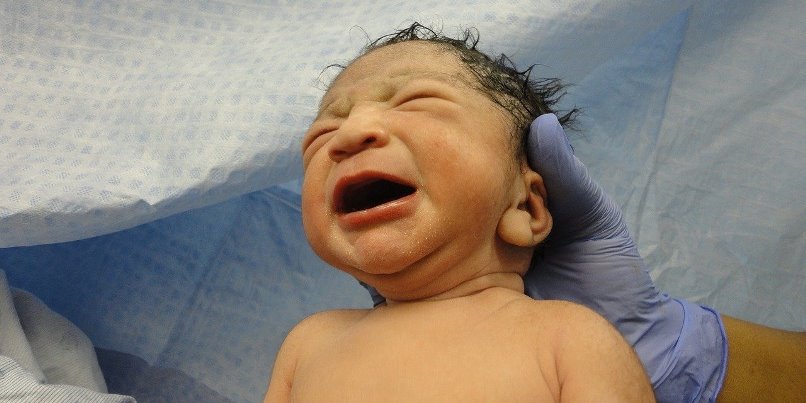
It may seem obvious, but getting pregnant is not the same as having a successful delivery. That is, there’s a difference between pregnancy and live birth success rates. Consequently, fertility treatments need to take both factors into account.
Infertility is often primarily considered an issue of poor egg quality, ripening or release on one hand, or poor sperm quality, motility or morphology on the other. Or, the difficulty of sperm reaching an egg, that is, the inability of an unfertilized egg being fertilized by sperm through natural ways. And although these issues are important contributors to the whole gamut of fertility problems, that’s only part of the story.
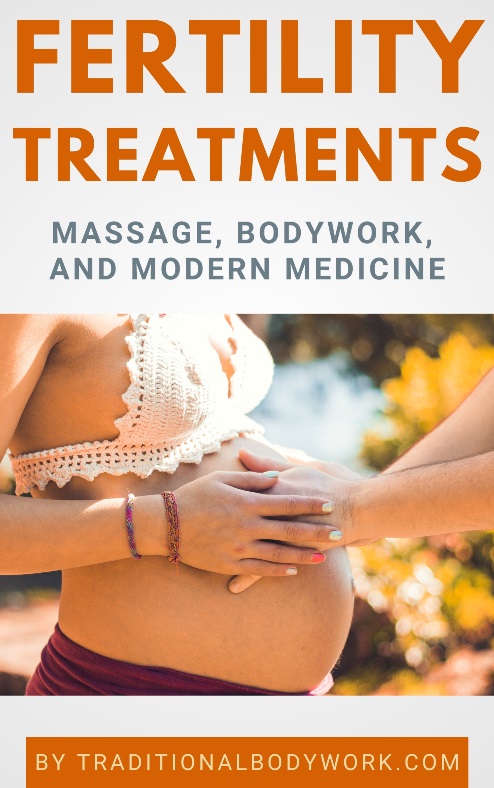
The thing is that after fertilization (conception) the fertilized egg needs to finds its way to the uterus and nestle itself well. Many conditions inside the body of a new mother need to be in order for an embryo to grow well to finally result in a healthy baby.
For instance, there may be problems with nestling in the endometrium (the tissue inside of the uterus which later becomes the placenta), unexplained miscarriages, fetal death at childbirth, or other complications, and if this happens repeatedly this is considered an infertility issue also. Thus, pregnancy success rates of fertility treatments are something else then final live childbirth success rates.
In fact, after conception (fertilization and subsequent nestling), much what counts for a pregnancy that came about due to sexual intercourse also counts for pregnancies that came about in other ways, like for instance via In Vitro Fertilization (IVF) or Intrauterine Insemination (IUI).
In other words, it means that with pregnancies as a result of fertility treatments, one’s age, lifestyle (nutrition, exercise, smoking, alcohol, stress, anxiety, etc.), general or specific physical and/or emotional factors, and such, play an equally important role for successful embryonic development and child delivery.







